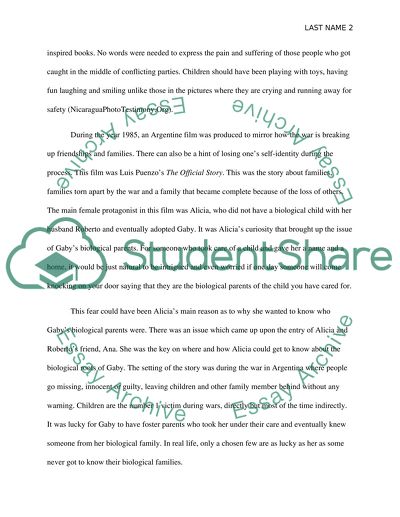Cite this document
(“Military Governments and Human Rights in the 20th Century Latin Essay”, n.d.)
Military Governments and Human Rights in the 20th Century Latin Essay. Retrieved from https://studentshare.org/history/1637159-military-governments-and-human-rights-in-the-20th-century-latin-america
Military Governments and Human Rights in the 20th Century Latin Essay. Retrieved from https://studentshare.org/history/1637159-military-governments-and-human-rights-in-the-20th-century-latin-america
(Military Governments and Human Rights in the 20th Century Latin Essay)
Military Governments and Human Rights in the 20th Century Latin Essay. https://studentshare.org/history/1637159-military-governments-and-human-rights-in-the-20th-century-latin-america.
Military Governments and Human Rights in the 20th Century Latin Essay. https://studentshare.org/history/1637159-military-governments-and-human-rights-in-the-20th-century-latin-america.
“Military Governments and Human Rights in the 20th Century Latin Essay”, n.d. https://studentshare.org/history/1637159-military-governments-and-human-rights-in-the-20th-century-latin-america.


